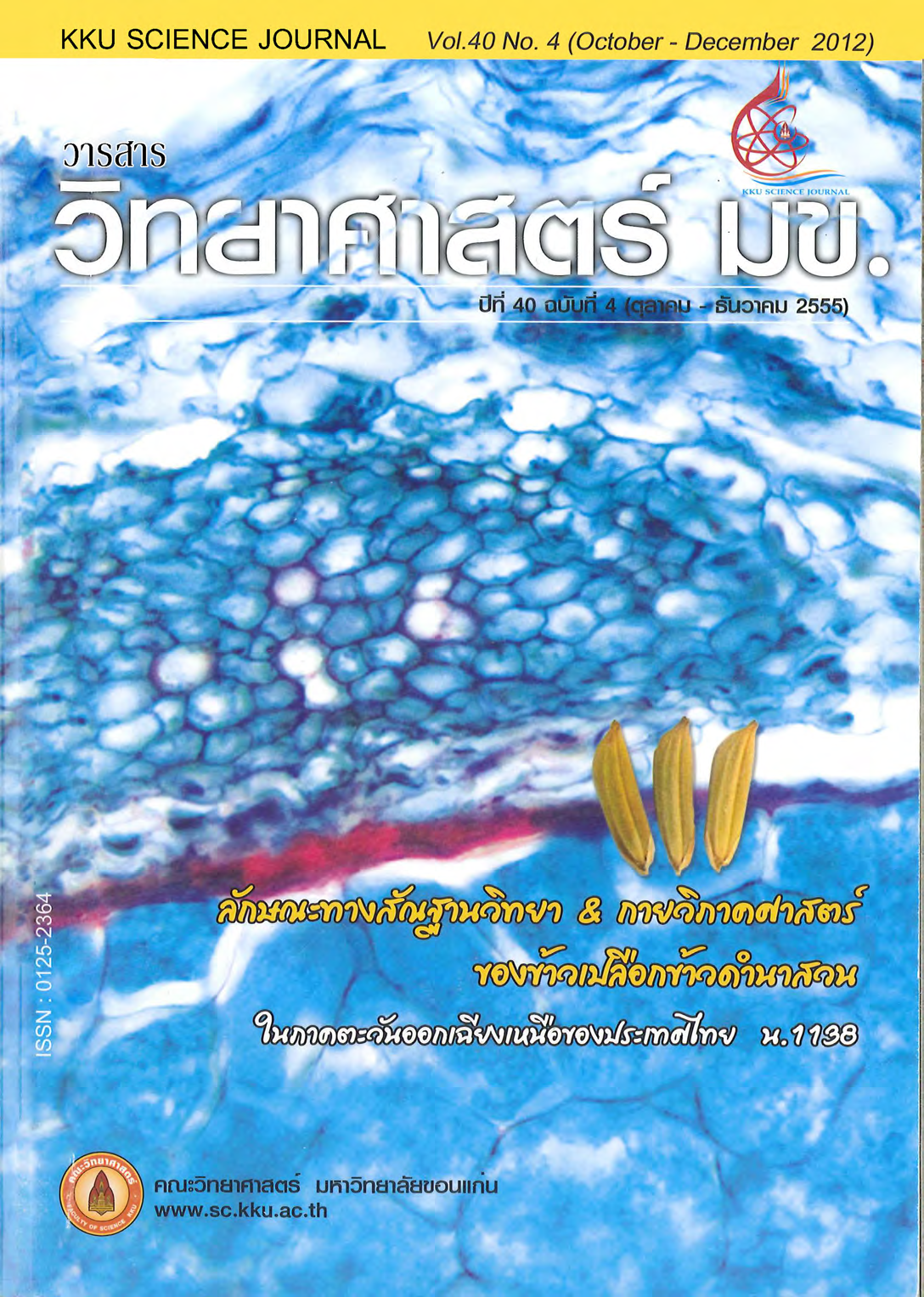Sarus Crane Reintroduction: Criteria and Indicators for Suitable Wetland Assessment
Main Article Content
Abstract
Currently world crane populations are decreasing. Many crane species are endangered (EN) or vulnerable (VU) as classified by IUCN, including Sarus Crane (Grus sp.). For Thailand, Grus antigone shapii was listed as extinct in the wild (EW). Cranes are wetland species. Loss of wetland areas due to threats and human activities were major causes of the disappearance of crane populations in Thailand. Reintroduction science is widely accepted for the conservation of rare and endangers species including Grus antiogone shapii. In 1997, the Zoological Park Organization of Thailand succeeded in reproducing Sarus cranes in captivity that were ready to be reintroduced to natural wetlands. However, there were many factors, and not only the number of populations, to be considered before reintroducing captive wildlife back into a wild habitat, which are mostly influenced by human. Therefore, the first phase of reintroduction for the Sarus crane project was to screen and select the most suitable wetland habitats. Criteria and indicators were developed and applied. Eight criteria, four indicators and forty-three verifiers that corresponded to reintroduction science and sustainability of natural resources management, such as landscape conservation, habitat integrity, threats and disturbance and awareness of community were considered. However, the key factor for the successful and sustainable reintroduction of the Sarus crane in Thailand was not only the integrity of the habitat but also the participation of all stakeholders.
Article Details

This work is licensed under a Creative Commons Attribution-NonCommercial-NoDerivatives 4.0 International License.


